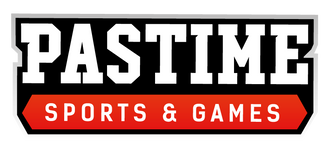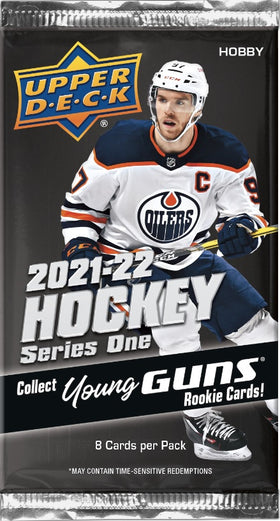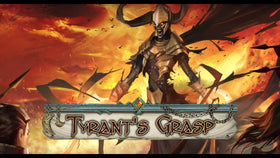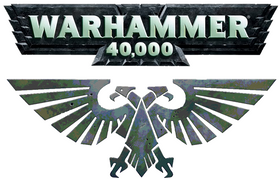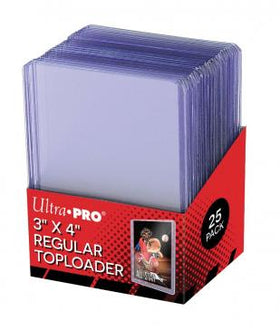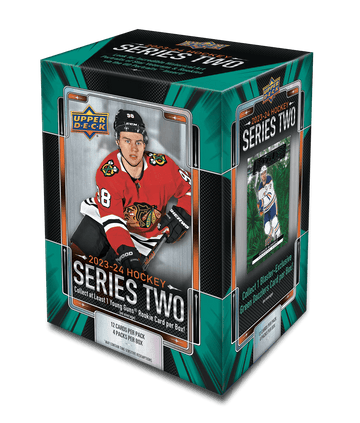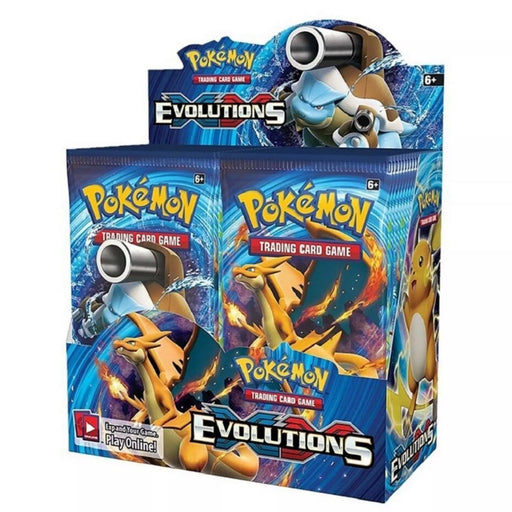Formed from the Western Desert Force in 1941, the British 8th Army comprised men from across the British Commonwealth - British, New Zealanders, Australians, Indians and South Africans. Following early successes against the Italians in North Africa, the 8th Army suddenly faced a new, more deadly foe - the Deutsches Afrika Korps led by their mercurial commander, Erwin Rommel. Thus began a series of operations with Allied and Axis forces being pushed back hundreds of miles only to regain that territory and more with battles at El Alamein, Tobruk and Beda Fomm becoming legendary. With the Allied victory in North Africa the fighting soon encompassed Tunisia and then the very heartland of Italy itself.
Struggling against the oppressive daytime heat, choking dust and freezing cold nights in addition to battling their German and Italian opponents the 8th Army become more popularly known as the 'Desert Rats' - a nickname adopted from the 7th Armoured Division, a key component of the Western Desert force.
This boxed set contains a multitude of parts and options allowing you to field soldiers as diverse as British, Sikh, Punjabi, Mosselman or Scottish. Just the job to tackle Rommel's Afrika Korps or Mussolini's Italians!
British 8th Army contains:
- Enough plastic components to make 30 British Commonwealth miniatures. Includes a host of options to allow for different weapon configurations and command models.
- Equipment included: Lee Enfield rifle, Thompson submachine gun, Bren gun LMG, Boys anti-tank rifle, Webley pistol and 2-inch mortar.
- Plastic bases.
- Construction leaflet.
- Optional Indian (Sikh, Punjabi and Yusufzai) and Scottish Highlander heads.
The new plastic kit for the British and Canadians is fantastically detailed and allows for myriad customization options. Our customer service boffins worked out that there are a possible 396 variations that can be made BEFORE the consideration of optional heads and additional accessories such as maps, waving arms and binoculars.
The new kit is packed with optional extras, with head options for steel helmets, assault helmets and Tam o’shanter caps (for Scottish or Canadian troops), as well as weapons including: Lee Enfield No 4 rifle, Bren light machine gun, Sten sub-machine gun, 2-inch light mortar, PIAT anti-tank projector, Webley service revolver and Mills Bombs, additional accessories and command options.
A British infantry squad was referred to as a section. It normally consisted of ten men and was divided into a separate rifle group and Bren group. Each section was led by a corporal armed with a rifle or pistol and included a lance corporal who was in charge of the Bren group. All the section members apart from the corporal carried ammunition for the Bren – 700 rounds in 25 magazines in all. In addition, all men carried grenades. As the war progressed, additional weaponry was acquired. The section leader and/or second in command would be issued with Thompson or Sten submachine guns (though these were sometimes quietly ‘lost’ to avoid making themselves obvious targets for snipers). Late in the war a second Bren was added to many Veteran sections, whether this was officially part of their issue or not.
Canadian infantry sections were organised in the same way as their British counterparts. From 1943–45, due to the Canadian practice of employing MMGs and HMGs on Universal Carriers, spare Bren guns also became available to some infantry sections. All three Canadian infantry divisions were trained to conduct amphibious landing operations. Canadians participated in landings at Dieppe, Sicily, Italy, Normandy, the Breskens Pocket and the Rhine crossing. 3rd Canadian Infantry Division conducted so many amphibious assaults they earned the nickname ‘The Water Rats’ from Field Marshal Montgomery.
Contains:
- 30 Plastic Infantry
- Plastic Bases
- Assembly Guide
- Full Colour Waterslide Decal Sheets for both British & Canadian Troops
